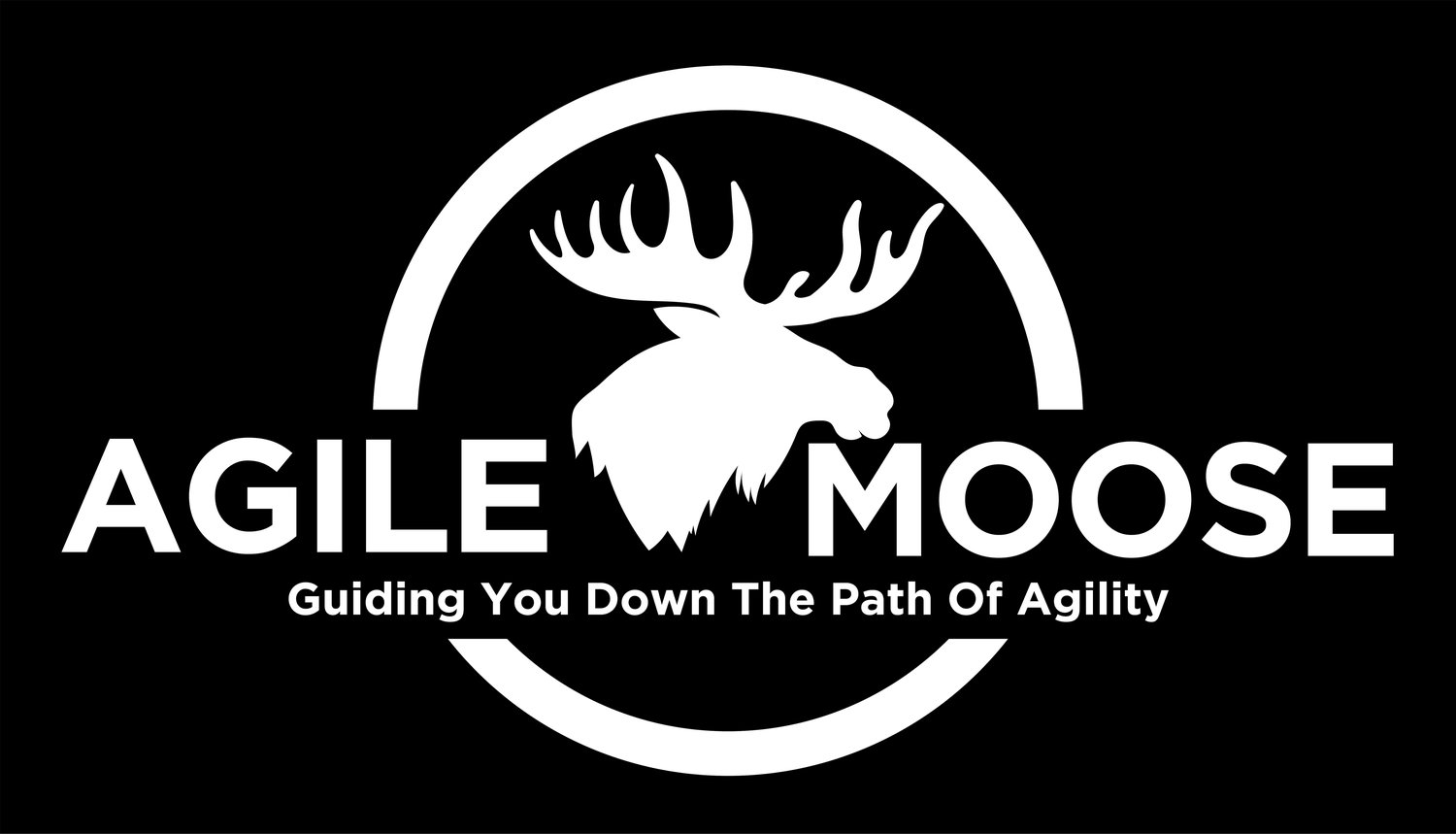I’ve long been curious about courage. My most recent connection is to it being one of the 5 Scrum Values and, when asked, it always emerges as my favorite value.
Why? Part of me doesn’t really know why.
I am a big fan of the Wizard of Oz and the Cowardly Lion role. Always smiling when he—finds the Courage that was essentially always inside of him.
Another aspect is that I think it takes a great deal of courage to show up as an agile leader, agile coach, or other change agents in agile transformations. It certainly isn’t for the timid or faint of heart!
So, imagine my delight when I found the reference on Lion’s Whiskers to their 6 Types of Courage and the thinking around it. It expanded the nuance and depth of understanding around the term. So much so, that I’d thought I’d share it with you.
Although many times we see a blend of two or more of these types of courage, there is generally one that dominates the occasion.
Here are the six types of courage:












